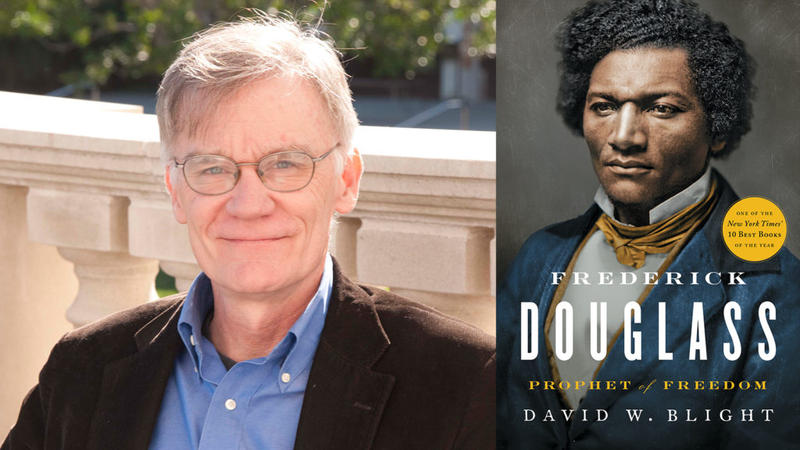


A Marylander and former slaveholder, he was six feet tall and had a drooping, worn facial expression and tobacco-stained teeth.

Now Taney was ready to deliver the decision. In deciding whether enslaved people could gain their freedom by residing on free soil, the Supreme Court might answer a question critical to the growing nation: What would the status of slavery be in the Western territories? It was considered a “sacred pledge” by many antislavery Northerners determined to protect the West as “free soil” for “free labor,” but pro-slavery Southerners became equally determined to incorporate new territories as slaveholding states. That federal legislation effectively outlawed slavery in the territories above the 36 degrees 30 minutes north latitude. Scott, an enslaved man, and his wife, Harriet, had sued for their freedom based on Dred’s claim that their late owner had taken them for several years into Illinois, a free state, and to Fort Snelling, in a Northern territory where slavery was banned by the Missouri Compromise of 1820. The four days of debate on the case, conducted in December of the previous year, had been covered extensively by newspapers. Born during the American Revolution and now just shy of 80, Taney could still take over a room with his sense of conviction, and as he began to address the crowd, the old Supreme Court chamber brimmed with anticipation.ĭred Scott’s name was by that point well known to many Americans. Taney, stood among a crowd of reporters and spectators on the ground floor of the United States Capitol and formally read the 55-page majority opinion in Dred Scott v. In the late morning of March 6, 1857, two days after the inauguration of James Buchanan as the 15th president of the United States, the Supreme Court’s chief justice, Roger B. To hear more audio stories from publications like The New York Times, download Audm for iPhone or Android.


 0 kommentar(er)
0 kommentar(er)
